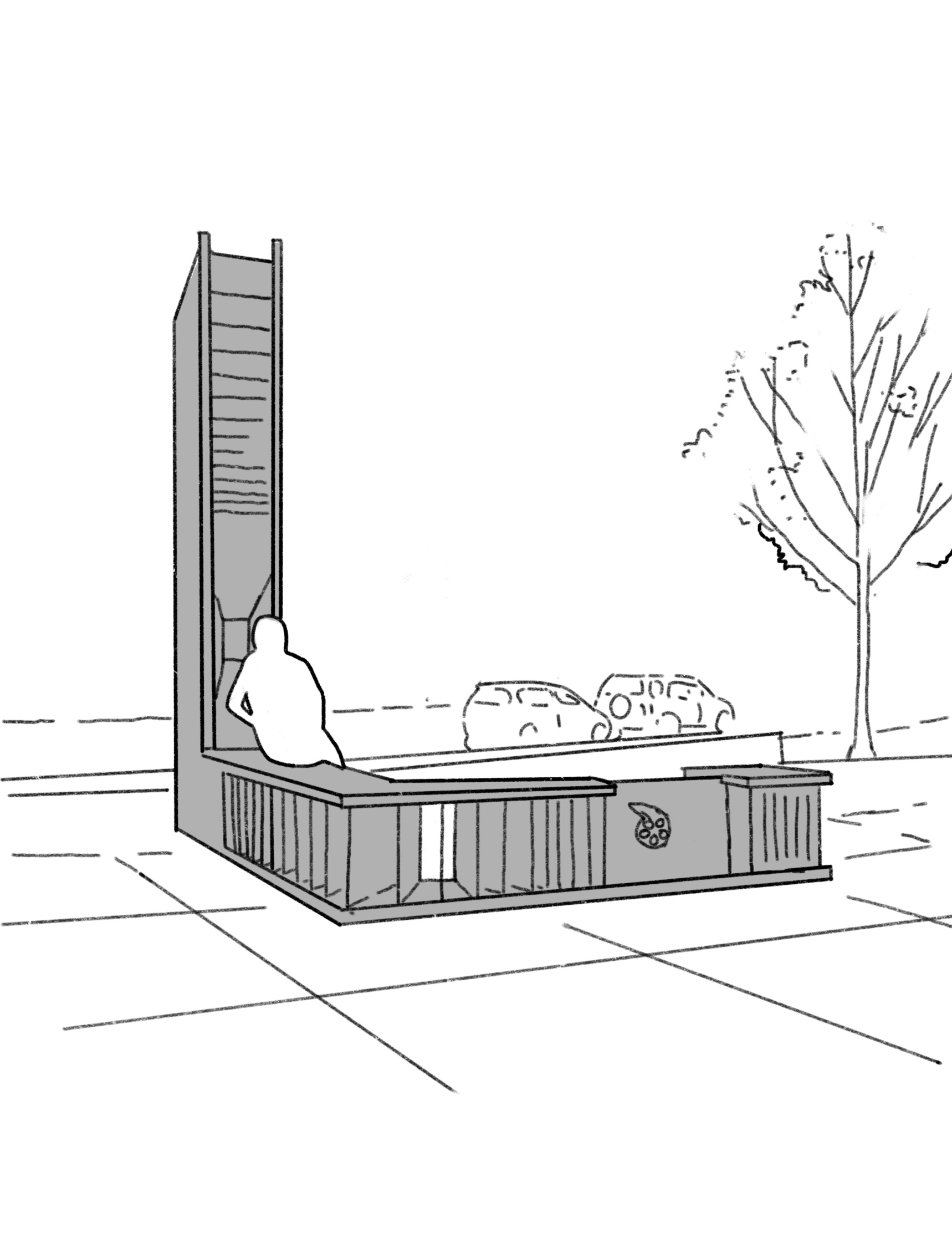Strategy
Adaptation
Build Social Infrastructure
Climate change will continue to disrupt communities' supply of necessary utilities and services. Designers and planners can minimize these impacts by introducing and strengthening "resilience hubs" with access to information, communication, food, water, electricity, and other resources that can be accessed before, during, or after a disturbance.
Facilitate social interaction to engender community building, ownership, mutual aid, and collective well-being
Options
Case Study
For Lawrenceburg Civic Park, MKSK helped turn a 1.5-acre parking lot into a public park and outdoor entertainment venue. The centerpiece of the park is a performance stage that hosts an annual city concert series. The park is regularly programmed with community activities including a farmer’s market, mobile library, Shakespearean plays, movies, and fitness classes.
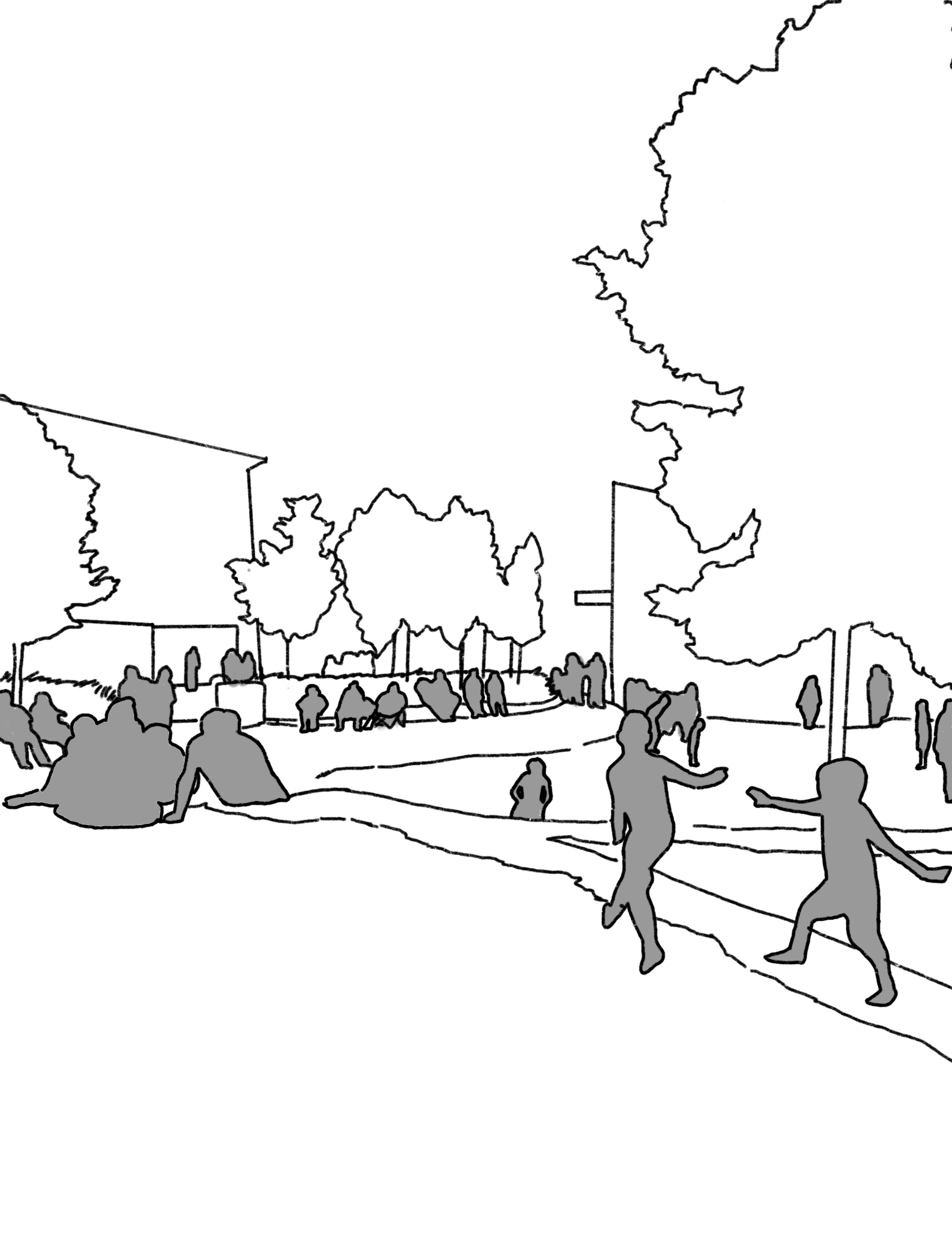
Facilitate socio-economic mixing to help communities engender tolerance, develop social capital, and share opportunities for upward mobility
Options
Case Study
One of the initial project goals for Rail Park was to increase cross-group interaction between area residents with different cultural touchpoints. For phase one of the project, Studio Bryan Hanes reimagined a defunct section of elevated railway as a public promenade. Interactive seating and large wooden platforms establish playful visual connections to the neighborhoods below and shape a variety of options for both small and large gatherings and cross-cultural programming.
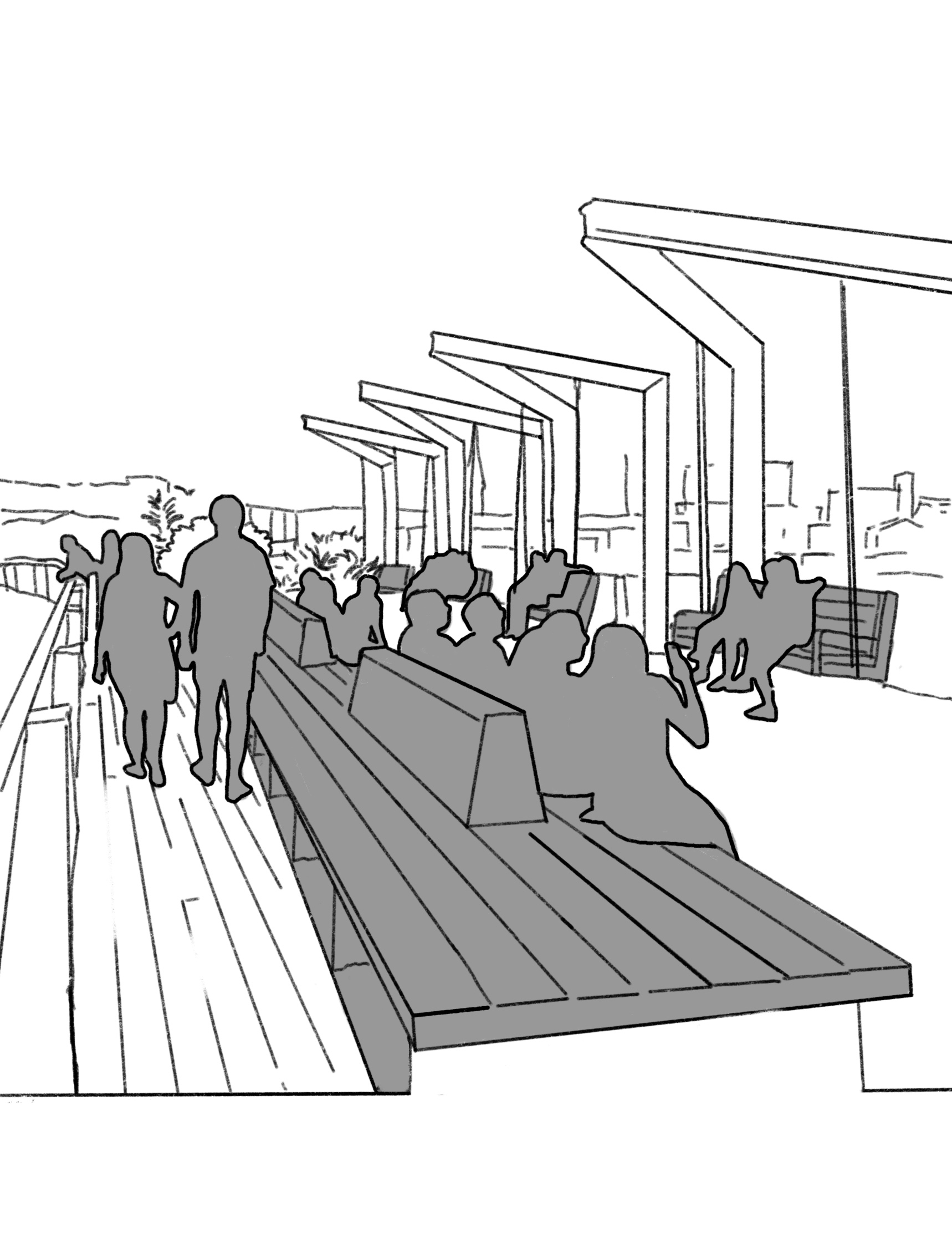
Listen to feedback from stakeholders to create places that feel safe and inviting
Options
Case Study
The Colorado Springs Historic Parks Master Plan by Design Workshop, was the result of a yearlong process to reimagine the role of three parks over 150 years old. For local residents, 70% listed the perception of safety as a top concern. In response, the plan called for an increase in programming and space allocation for special events to boost safety and inclusivity.
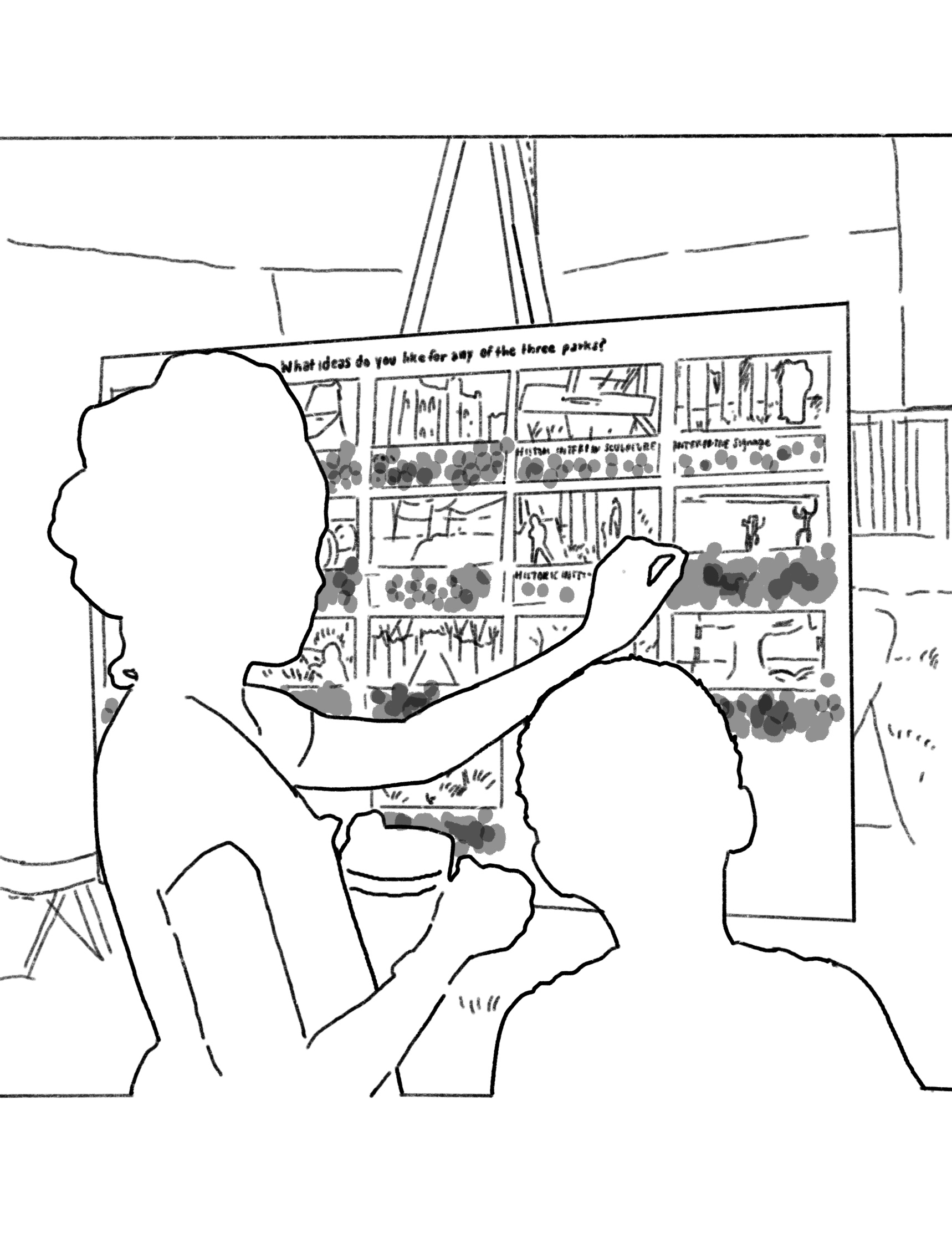
Integrate a community resilience hub or cooling center for support during disaster events
Options
Case Study
The Alief Neighborhood Center & Park is a 37-acre public space that combines three municipal facilities—library, park, and rec center—in one location, elevated above the floodplain, as a refuge area for those seeking shelter during severe storms, power outages, or other environmental disturbances. The center is one of many community resilience hubs identified in a city-wide master planning effort led by SWA called Houston Lily Pad Plan.
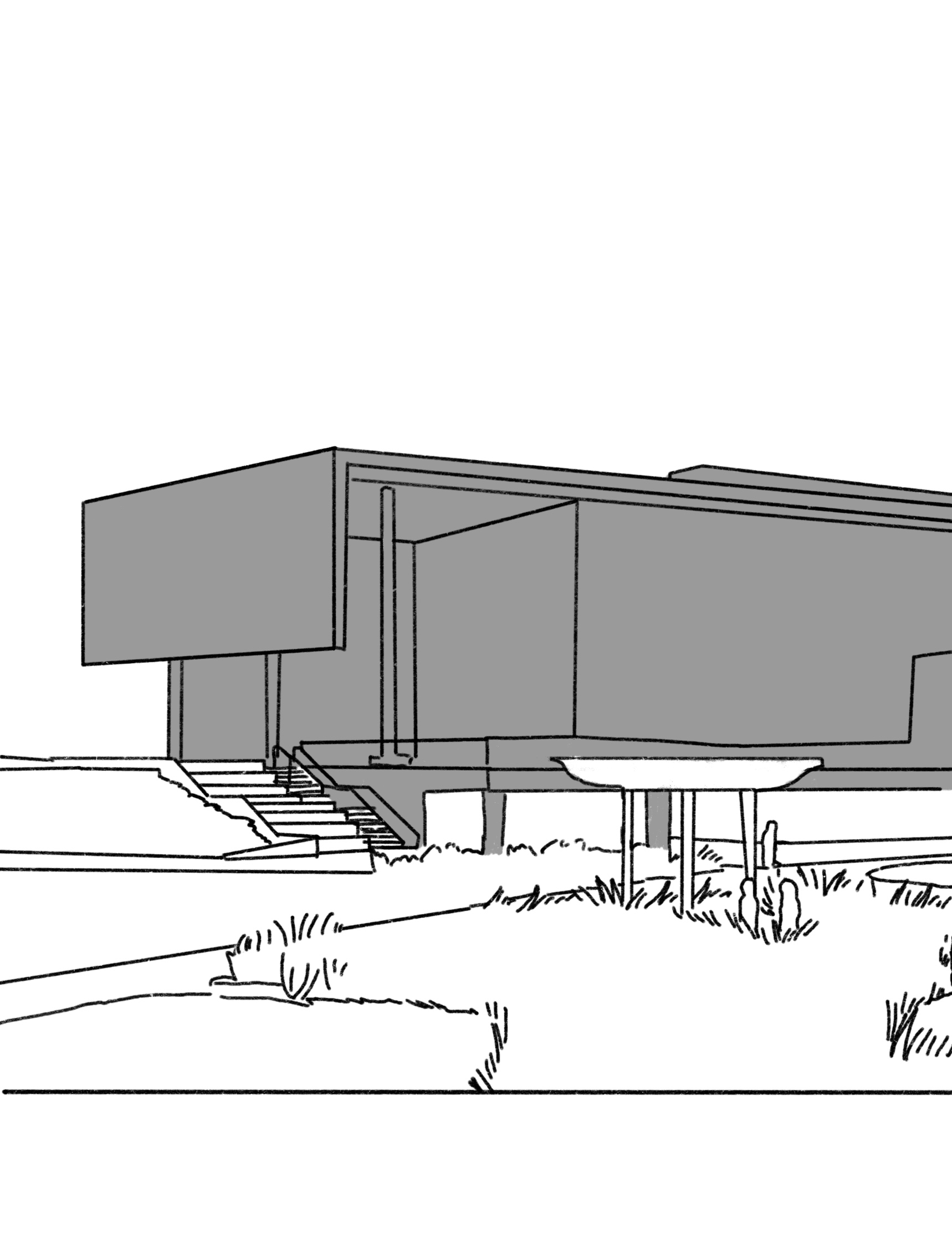
Integrate park space into other climate-ready civic assets such as libraries, rec centers, police and fire stations, streets, transit areas, and schools
Options
Case Study
MJMA’s design of Churchill Meadows Community Centre and Mattamy Sports Park includes generous park space for both active and passive recreation. A walking trail around the perimeter of the park passes by a protected wetland, and connects the park to the surrounding neighborhood and trail network.
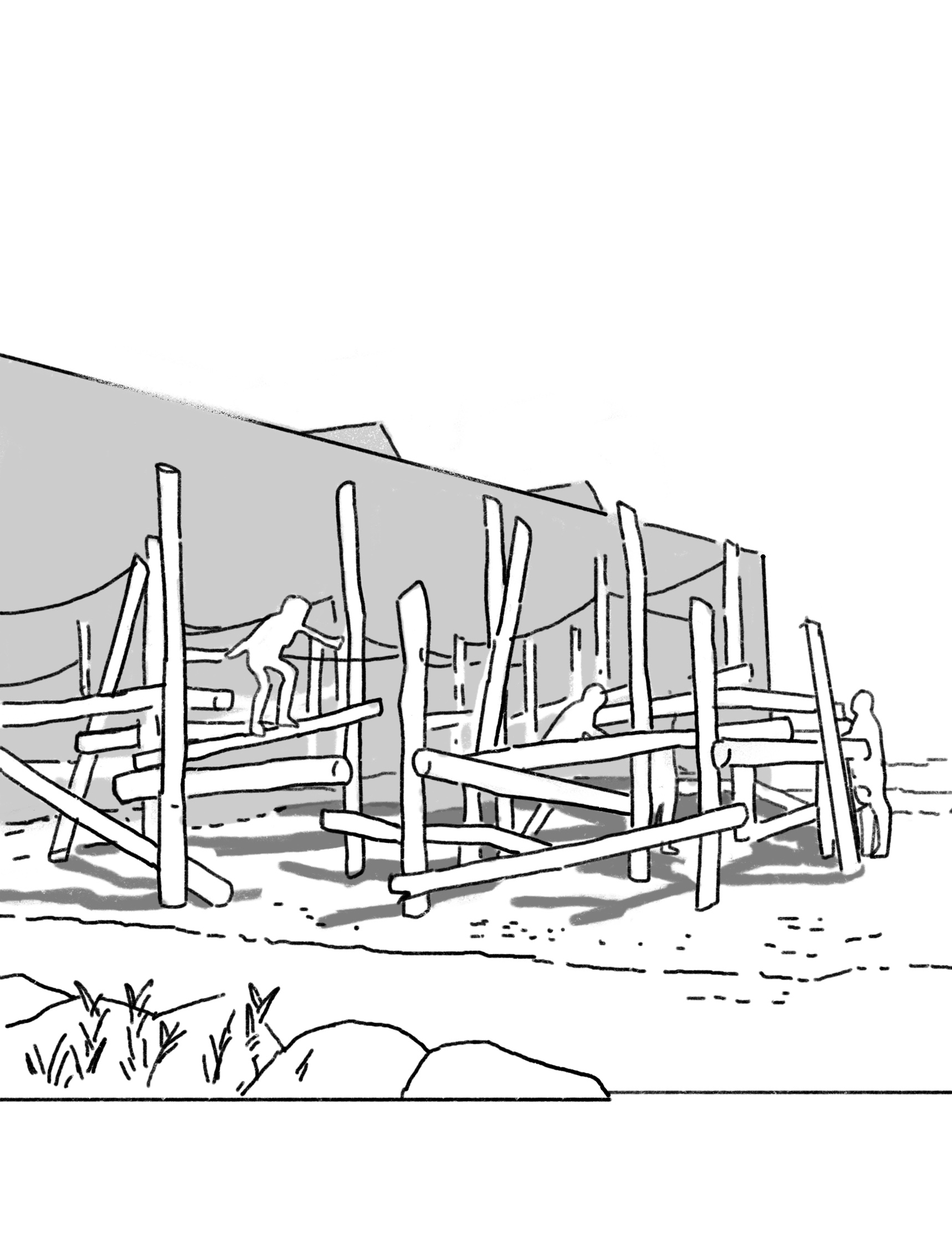
Program the site to educate users about climate risks including what to do and where to go in the event of an emergency
Options
Case Study
PREPHubs, a prototype by the Urban Risk Lab at MIT, are designed to increase natural disaster resilience. The off-grid units are strategically placed to activate public spaces. Should a disaster occur, they become nodes to access information and resources, and to connect with loved ones. Networked together, they provide a mesh communication system and serve as physical beacons illuminating evacuation routes.
